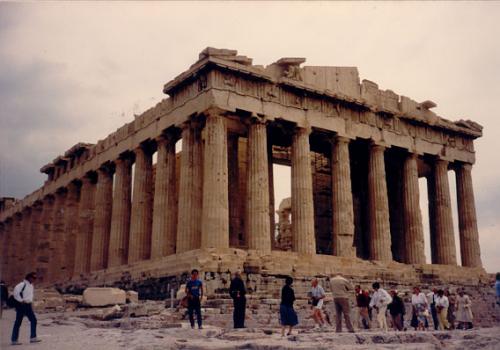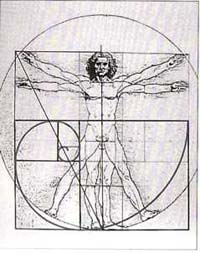In the contemporary megalopolis, 99% live in an environment crowded ugly, reduced spaces, traffic jams, surrounded by visual and material noise. Clearly contaminated environments. But on weekends, some of these people can attend a museum, watch a show or form of art that brings them some sense of beauty. However, others seeks shows that intensify this feeling degraded and contaminated in large cities, increasing violence and conflict in personal relationships and environment. Anyway, the beauty when it appears in these circumstances, it appears as something detached from life as a different, one another. Another world is opposed to the ugliness of everyday life. A break is established so irreconcilable between life and art. The synthesis is no longer possible. So beauty becomes a dream of life away, unreachable. Jettisoned fiction from reality.
In the contemporary megalopolis, people are pushed to their subjectivity, the last stronghold of salvation. But this same subjectivity is always invaded by another. We often see people complaining about their neighbors with their “loud music” of questionable taste in music. Or conflict of any kind disrespect for the rules that should govern the commons. The problem is that the movement that pushes for the subjective maxim is the same movement that breaks the rules and laws of the common.
Interestingly, this problem is so little discussed in the research, publications and courses in architecture and design disciplines and professions responsible for projects exactly that mediate the relationship among man and the environment and everyday life. Perhaps this situation is the very reflection of the general alienation conducted by the complete detachment of beauty with everyday life.
The current situation is the product of the historical, so it may one day be changed. In fact, it was not always so. In ancient Greece, the area of the temples, music, epic poetry and tragedy were the property of all citizens and were part of their daily lives. The harmonious buildings of Athens are examples of formal beauty of the highest architectural history. Are symmetric (same meter, module) of great harmony among the whole and parts, reflecting the linear expressions of Euclidean geometry. This is the space and environment of the Athenian democracy and its own public spirit. There were public buildings and no private residences. Of course, it was a production system of slavery, the slave was then driven out of politics, which was the mediation with the everyday life.
The Russian Revolution of 1917 was one key moment where the discussion of art, beauty and everyday life has become an obligation of office. Numerous groups of avant-garde art in this period proposed plunge art into life and with this gesture, transform both life and art. The reaction Stalinist ended this historical moment. One of the most creative of art history. In the Spanish Revolution of 1931-37, the art also reached the streets and everyday life of all people. For example, the poetry of Lorca, Alberti and Miguel Hernández was commonly recited and heard in the streets taken by people in their struggle and defense of equality and freedom. The ideal of a large unit of art that shortens the distance between beauty and life were the educational program of the Bauhaus, which remained alive in its spin-offs of Ulm and Chicago, after its closure by the Nazis.
It is urgent today the creation and design of spaces and environments that encourage the expression of the common, where people recognize themselves as human beings, able to control their destinies, and not mere subjectivity in conflict with one another and the environment. The sense of human dignity engenders a sense of respect for you and your neighbor as well as for all life. Are the material conditions determine consciousness and not vice versa as the idealists and ideologues want. An egalitarian society with respect for fundamental freedoms, with a high level of technology and culture transform the way in which people interpret reality and self-represent.
Today many people live in true “shoe boxes”. Spaces that, in your material conditions, generates carrier of violence and alienation. When life itself is stripped of all humanity and denatures the man as part of this environment, it also makes the behavior of men becoming inhuman and unnatural.

 Referências
Referências
ARGAN, Giulio Carlo. Arte Moderna. São Paulo: Companhia das Letras. 1992.
BENEVOLO, Leonardo. História da Cidade. São Paulo: Perspectiva, 1999.
COSTA, Lucio. Lucio Costa: Registro de uma Vivência. São Paulo: Empresa das Artes, 1995.
GOMBRICH, Ernest Hans. A História da Arte. 16 ed. Rio de Janeiro: LTC. 1999.
HAUSER, Arnold. História Social da Literatura e da Arte. Vol. I e II. 3 ed. São Paulo: Mestre Jou, 1982.
VITRUVIO. Da Arquitetura. São Paulo: Hucitec, 2002.

Comments are always welcome.